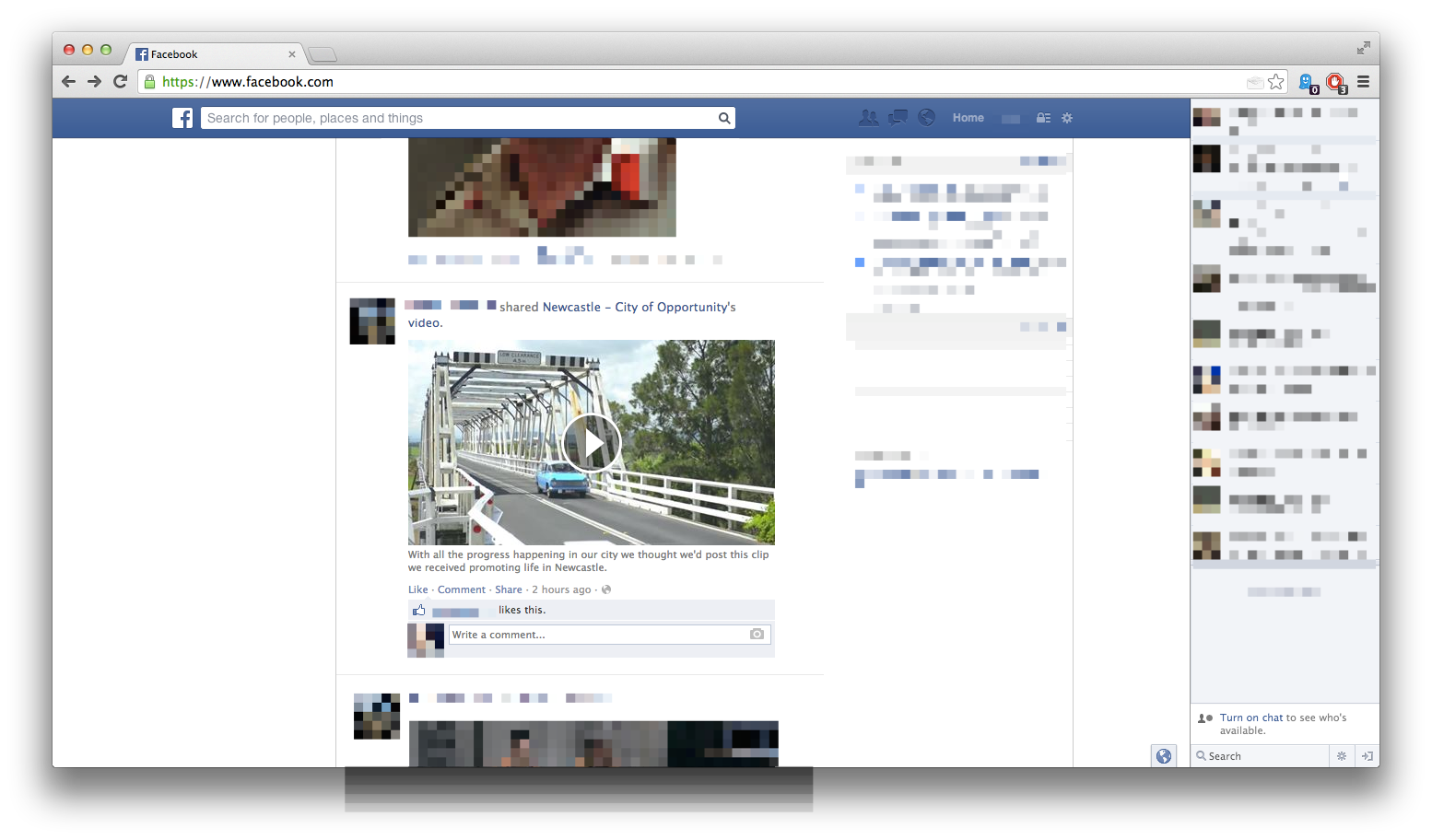The Islamic State in Iraq and Syria, otherwise known as ISIS, is a terror group that has mastered the art of recruiting on social media. To recruit vulnerable Muslim youths, ISIS maintains a presence on Twitter, Facebook, Instagram, YouTube, Tumblr, and Google Plus (Bremmer, 2015). It is estimated that ISIS controls up to 90,000 Twitter accounts, and their social media presence has recruited over 25,000 foreigners to fight with them, 4,500 of which are from Europe and North America (Talbot, 2015). Most of ISIS’s social media accounts have less than 5,000 followers, but that is because Twitter is constantly trying to find these accounts and deactivate them. When these accounts are taken down, however, ISIS replaces them quickly (Bremmer, 2015).
ISIS’s social media techniques include promoting an ideology that supports mass killings, torture, rape, enslavement, and destructions. ISIS is the first jihadist movement to gain so much wealth and territory that they are able to function like states and run public relations campaigns. Their target audience is the young Muslim world. “The Muslim world— especially the young Muslim world—has been psychologically primed for a long time to the idea of reestablishing the caliphate. It’s this idea that Muslims are living under humiliation, and the only time we were not is when there was a caliph. It really is an idea of reclaiming lost glory” (Talbot, 2015). The world’s 1.6 billion Muslims have a median age of 23, which is why ISIS is being so successful in recruiting (Talbot, 2015). They are specifically targeting a young, vulnerable crowd. ISIS is so successful recruiting from Western countries because they anonymously produce very manipulative content in multiple languages, and they make use of peer-to-peer recruitment and radicalization (Johnson, 2015). This content directly addresses national and local grievances felt by the Muslim community, making their evil deeds seem justified (Talbot, 2015).
There are flaws in ISIS’s social media strategy, however. Every time somebody posts on social media on behalf of ISIS, they are increasing attention rates and the possibility of being discovered by the government. “This social media backlash was most recently evidenced last week after a single selfie posted by a member of ISIS helped the United States Air Force identify and destruct a ISIS headquarters building in Syria within 24 hours” (Johnson, 2015).
What is the best way to stop ISIS from recruiting then, or at least reduce their influence on social media? Currently, the US is using a technological strategy to slow the recruitment efforts. This includes trying to find the social media accounts, deleting them, blocking the videos and other content that ISIS posts online, and sharing the finding with the FBI. This strategy is not working, because more accounts just keep being created (Talbot, 2015). One challenge that the US government faces when trying to counter ISIS on social media is that the US hasn’t yet “figured out how to amplify the credible voices that are out there, particularly in Muslim communities” (CBA News, 2015).
What is missing is one-on-one contact online with the people who are at risk of being radicalized by ISIS and other extremist groups. “Most of the government response isn’t interactive. It’s a one-way broadcast, not a dialogue” (Talbot, 2015). One Muslim-centric app used for dialogue with Muslim youth is called “QuickFiqh.” It allows youths to ask 60-second questions about Islamic law, and then get answers from mainstream Islamic scholars, which can then be posted on social media. One frustration of those who are attempting to target at-risk youth using a peer-to-peer strategy is that they cannot know whether the people they talk to online are the once most at risk or if they are already too far gone (Talbot, 2015).
Rashad Hussain, a former White House advisor, thinks an effective strategy to counter ISIS would be to amplify the negative facts and stories gathered from former radicals that can “expose the reality of what terrorists are doing, including the damage they are inflicting on the Muslim communities they claim to defend” (CBS News, 2015). For example, the US State Department recently uploaded a video to YouTube that had a former ISIS recruit talking about how he was disillusioned by what he saw–he revealed that he watched a commander give a knife to his young son, and then forced him to behead a prisoner with it (CBS News, 2015).
To fight ISIS’s currently successful recruiting techniques on social media, the US needs to focus on increasing their credibility, peer-to-peer strategies, and revealing more about the disillusionment of becoming radicalized.
Bremmer, I. (5 Nov 2015). These 4 States–and One Terror Group–Rule Social Media. Time. Retrieved from http://tinyurl.com/nhc33o7.
CBS News. (23 June 2015). Why it’s so difficult to counter ISIS on social media. Retrieved from http://www.cbsnews.com/news/why-so-difficult-counter-isis-social-media/
Johnson, N. (8 June 2015). How ISIS is Waging a “War of Ideas” Through Social Media. The Daily Signal. Retrieved from http://dailysignal.com/2015/06/08/how-isis-is-waging-a-war-of-ideas-through-social-media/
Talbot, D. (30 Sep 2015). Fighting ISIS Online. MIT Technology Review. Retrieved from http://www.technologyreview.com/review/541801/fighting-isis-online/















